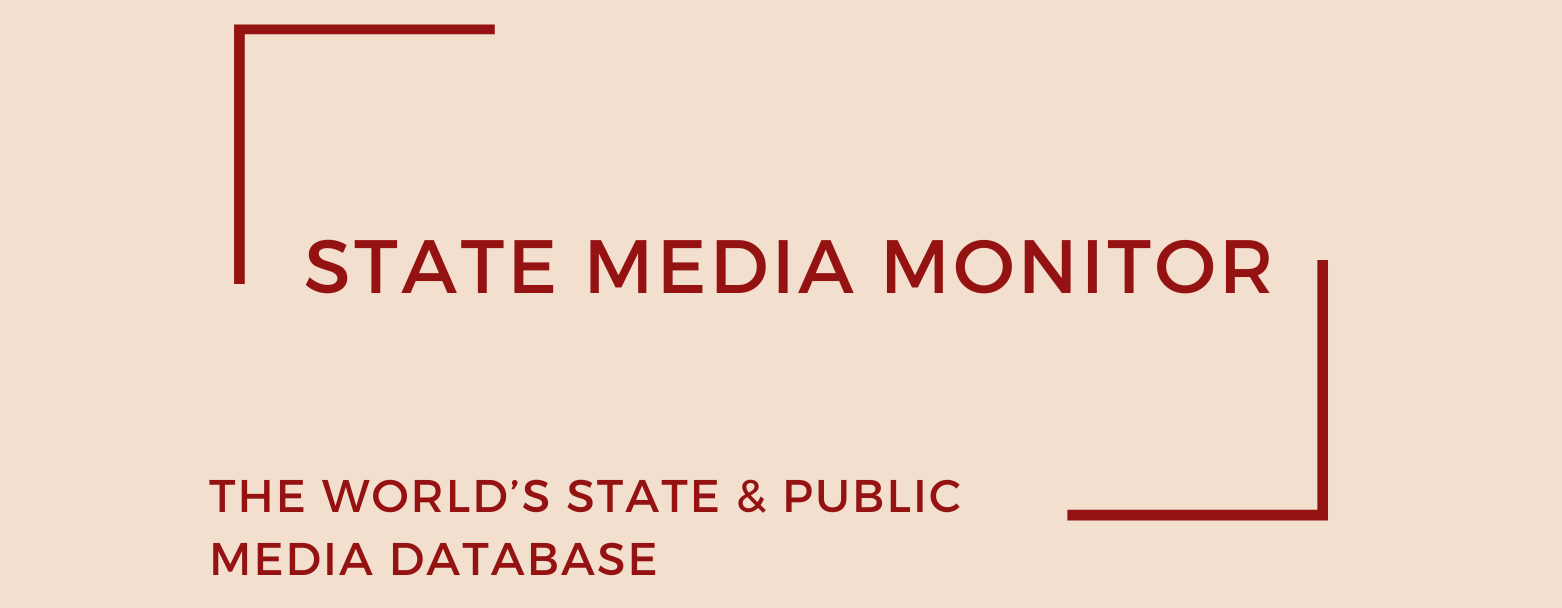Syrian Arab News Agency (SANA)
Founded in 1965, the Syrian Arab News Agency (SANA) has long functioned as the official state wire service of Syria. As the country’s primary source of government-approved news, SANA historically shaped public narratives both domestically and abroad. It publishes news in multiple languages, including Arabic, English, French, Spanish, Russian, and Turkish.
Media assets
News agency: SANA
State Media Matrix Typology
Ownership and governance
Prior to the fall of the Assad regime in December 2024, SANA operated under the tight control of the Syrian Ministry of Information, which appointed its leadership and dictated its editorial policies. Syrian journalists and academics interviewed for this report (in May 2024) confirmed that the agency was fully embedded within the state propaganda infrastructure.
Since the formation of the Syrian Transitional Government in early 2025, SANA has remained under the administrative oversight of the Ministry of Information, now led by Hamza al-Mustafa, an independent figure within the transitional cabinet. In April 2025, Zyad Mahameed was appointed as SANA’s new director—a move widely interpreted as part of the transitional government’s effort to gradually reform state-run media and signal a departure from the Assad-era propaganda model.
Source of funding and budget
No budgetary figures for SANA were ever made public under the previous regime. According to exiled Syrian media professionals, it was widely understood that SANA was entirely state-funded, with all its operational and staff costs covered by allocations from the central government.
As of mid-2025, there is still no transparent financial reporting. However, SANA continues to function as a publicly financed institution, now drawing resources from the transitional government budget. A media reform plan announced in May 2025 includes proposals for future disclosure of public media financing, but implementation remains pending.
Editorial independence
Under Assad, SANA’s editorial output was overtly loyal to the regime—publishing daily press releases that glorified the government and vilified opposition actors. Coverage of internal dissent or foreign criticism was either absent or heavily spun in favour of state positions. The agency served as a central pillar in the state’s information control apparatus.
Since January 2025, SANA has begun a cautious repositioning. Under its new leadership, the agency has expanded coverage of transitional governance activities, constitutional reform, and economic reconstruction. Nevertheless, its content still avoids direct criticism of former regime figures or institutions. While tone and thematic range have shifted, there is no formal statute or legal mechanism yet in place to ensure editorial independence or protect SANA from political interference.
In January 2025, The Guardian reported on SANA’s relaunch under new editorial leadership, describing the move as part of a broader “soft rebranding” of Syrian state media. The transition was marked by attempts to reduce overt propaganda and signal a break from the Assad era, while still maintaining state-aligned narratives.
Despite cosmetic changes, civil society watchdogs remain sceptical of SANA’s independence, citing the absence of independent oversight, pluralistic governance, or legislative reform safeguarding editorial autonomy.
July 2025
Citation (cite the article/profile as part of):
Dragomir, M. (2025). State Media Monitor Global Dataset 2025.
Media and Journalism Research Center (MJRC).
Zenodo.
https://doi.org/10.5281/zenodo.17219015
This article/profile is part of the State Media Monitor Global Dataset 2025, a continuously updated dataset published by the Media and Journalism Research Center (MJRC).
